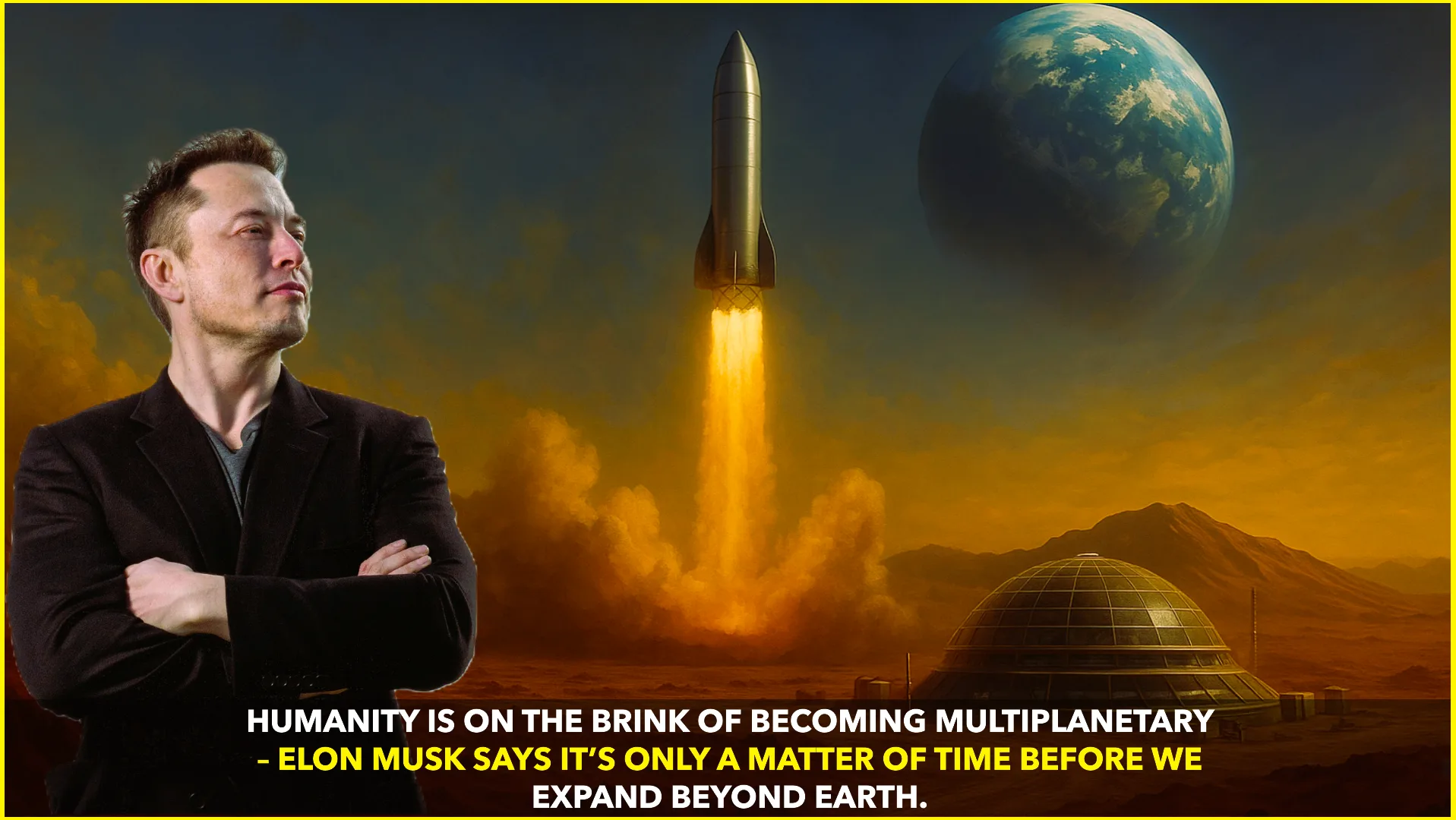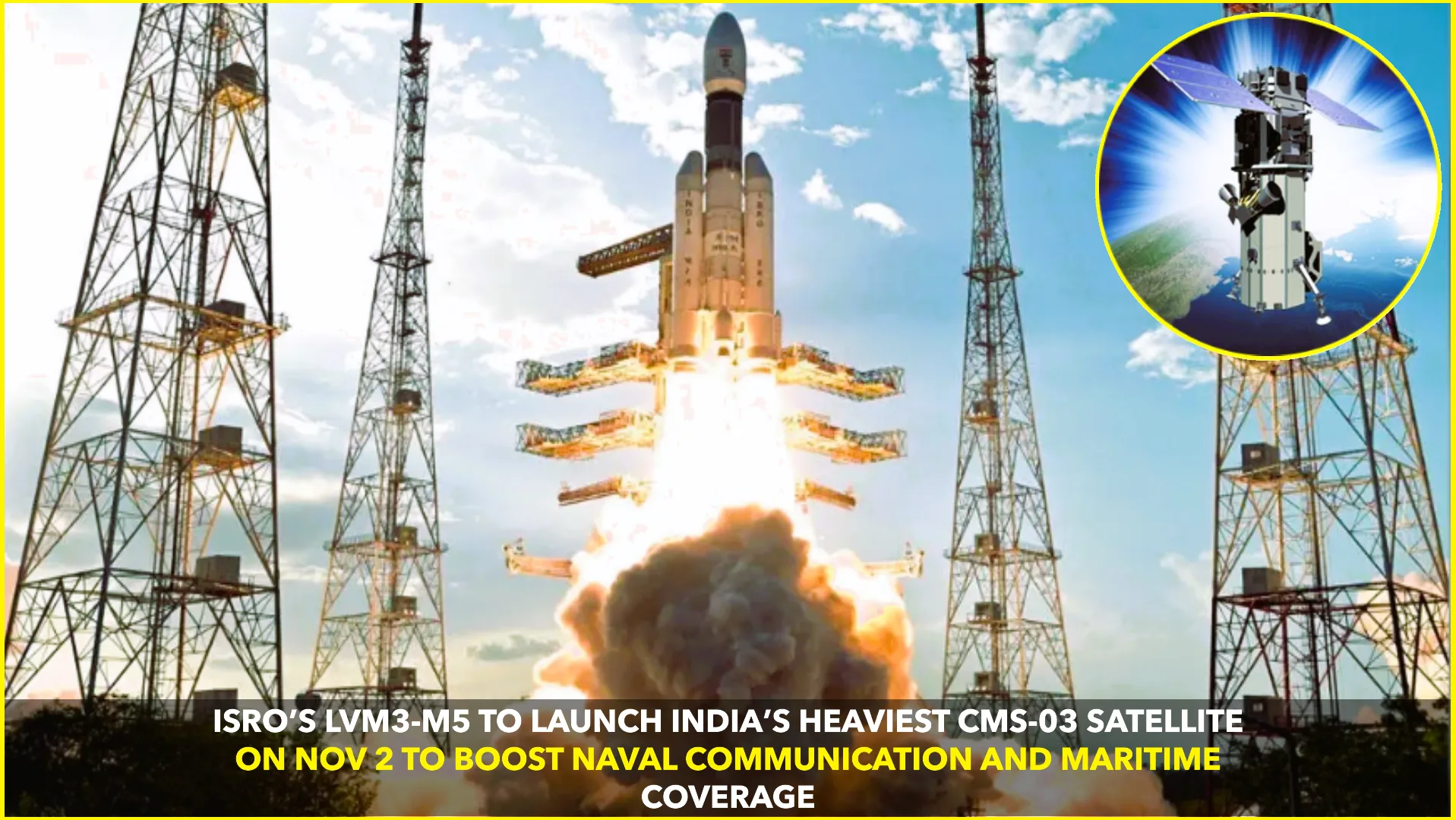Elon Musk, founder and CEO of SpaceX (and Tesla), has once again painted a vivid vision of humanity’s future: becoming a spacefaring, multiplanetary species. He insists that it’s not a distant fantasy, but rather “only a matter of time” before humans live and thrive beyond Earth’s confines FacebookSpaceUNILAD.
Why a Second Planet?
Musk strongly argues that Earth is vulnerable—to natural disasters, pandemics, asteroid strikes, and even future threats posed by artificial intelligence or nuclear war. He frequently describes Mars as humanity’s “life insurance”—a backup in case Earth becomes uninhabitable in the distant or not-so-distant future SpaceFox NewsThe Times of India.
Furthermore, beyond risk mitigation, a second planet offers immense promise for scientific discovery, resource harvesting, and continuous innovation—areas Musk sees as essential for long-term human progress BinanceUNILAD.
SpaceX and the Starship Structure
SpaceX is central to Musk’s vision. The company is developing Starship, a fully reusable rocket system designed to carry humans and cargo to Mars and potentially beyond. At approximately 400 feet tall, Starship is the most powerful rocket ever built. SpaceX aims to build as many as 1,000 rockets annually—surpassing Boeing and Airbus combined, even though a single Starship dwarfs a 747 in scale.
The plan includes launching an uncrewed Starship to Mars during the 2026–27 launch window. If successful, a series of increasingly ambitious missions would follow—scaling to dozens during 2028–29 and eventually hundreds by the early 2030s WikipediaHouston ChronicleBarron’s.
Solving the Challenges
Significant technical obstacles remain. Critical among them are orbital refueling, heat shield technology, component recovery, and long-duration life support on Mars—especially in an environment with radiation, low gravity, and harsh climate Houston ChronicleWikipedia.
Space medicine is also receiving attention. Researchers are studying how microgravity and cosmic radiation affect human health, focusing on issues like muscle atrophy, bone loss, and cognitive changes. Advanced diagnostics, personalized organoids, and telemedicine technologies are under development to ensure astronaut well-being over long missions Vox.
The Roadmap Ahead
Musk projects that humans could begin landing on Mars as early as 2029, though a date closer to 2031 may be more realistic. The first missions will likely be robotic and cargo-focused—testing landing reliability, surface operations, and habitat setup—before crewed flights arrive.
If everything unfolds as planned, Musk’s vision foresees a self-sustaining Martian settlement. That would require pushing out millions of tons of cargo via numerous Starship missions—enough to slowly assemble infrastructure for life beyond Earth Barron’sThe Times of India.
Broader Impacts and Governance
Beyond the excitement, critics raise concerns about international legal frameworks. The Outer Space Treaty bans national sovereignty claims in space, but questions linger over private colonization, resource rights, and planetary protection ethics Bulletin of the Atomic Scientistshcagrads.hypotheses.org.
Still, Musk’s efforts are spurring global conversation on these topics. Governments, space agencies, and legal scholars are beginning to grapple with how to regulate and govern human activities on other planets.
Why It Matters
- Existential security: A planetary backup could prevent total extinction from global-scale threats.
- Technological advancement: Pushing boundaries in energy, engineering, biotechnology, and medicine.
- Human inspiration: Fostering ambition and innovation that can spill back to Earth-based problems.
Musk himself describes the expansion to Mars and beyond as more than exploration—it’s a responsibility. The endeavor could preserve human consciousness, culture, and civilization. Ignoring the risks while confining life to a single planet, he believes, would be reckless RedditYahooSpace.
Looking Forward
As of now, Starship has achieved several test milestones, including reaching trajectory targets and successful splashdowns in test flights in 2024 and early 2025 Wikipedia+1. SpaceX is also expanding operations—such as its new Texas facility—to support growing production and R&D efforts MySA.
While timelines may stretch, Musk remains adamant: humanity will expand beyond Earth, and the technologies to do so are already in motion. He repeatedly reminds us it’s “only a matter of time.”
In short, Elon Musk sees Mars and beyond not as fantasy, but destiny—anchored in tangible plans, rocket launches, and scientific urgency. The dream of a multiplanetary future is fast shifting from science fiction into a roadmap for survival and growth.










